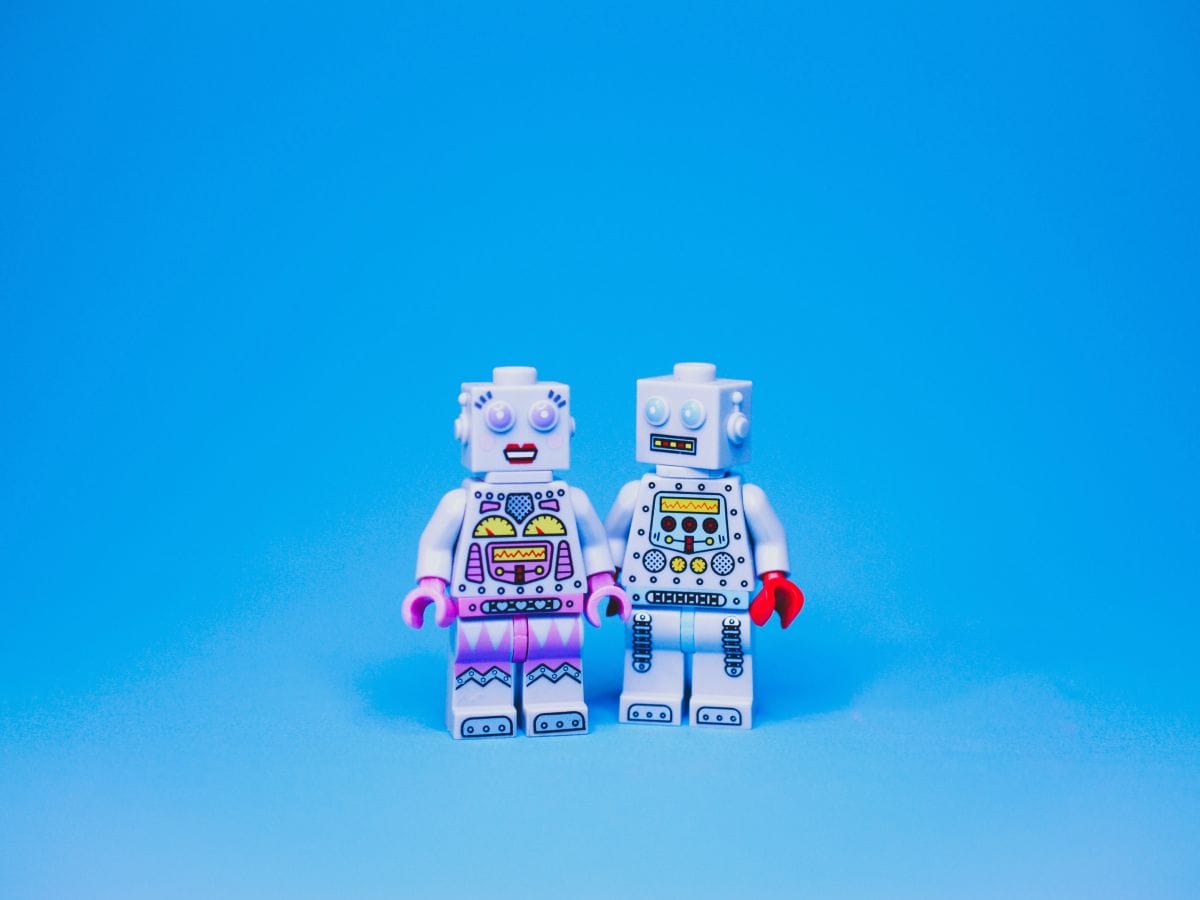In 2021, a painting fetched over $430,000 at a prestigious Christies auction. Depicting a portly gentleman in a black frock coat, the work was executed in a strikingly realistic style. What made “Edmond de Belamy” unique, however, was its creator. The artist was not a human, but an artificial intelligence algorithm named GAN. In the world of fine art, AI had thrown down the gauntlet to its flesh-and-blood competitors.
Of course, mimicking creative human output is nothing new for AI. Computer generated novels, symphonies, even culinary recipes have all emerged from silicon minds. But lately, a new frontier of machine-made content has been making waves – articles, blog posts, social media copy and other written media.
Two new AI tools in particular have been making headlines: ChatGPT by OpenAI and Claude by Anthropic. Boasting advanced natural language capabilities, they can generate everything from high school essays to investment whitepapers with astonishing fluency.
To their creators, Claude and ChatGPT represent liberty from the grind of writing, allowing people to focus on higher-order thinking and creativity. Why slave over churning out reams of marketing copy or how-to articles when an algorithm can do it for you, and probably better? The promise seems Promethean in scope – liberating wordsmiths everywhere from the more tedious aspects of their craft to unlock new potentials.
And at first blush, AI content generation does seem astonishingly capable. Give Claude or ChatGPT a writing prompt, and back comes a flood of syntactically varied, logically structured prose with nary a dull passage or awkward transition. Both tools exhibit an impressive mastery of topic, voice and intended audience, while effortlessly integrating facts and citations. Read through their output, and you might never guess it was machine-made.
The Quill and the Algorithm: Can AI Transform Content Creation?
For certain use cases, this facility offers dramatic gains in efficiency. AI promises a solution for industries reliant on producing high volumes of formulaic written content. Marketing firms, for instance, regularly churn out blog posts, social media copy, email campaigns, and website text conveying broadly similar messages. Law practices generate mountains of legal documents configured on templatized blueprints. AI tools can greatly accelerate creation of such materials – all while maintaining consistent quality and tone.
AI writing also holds the tantalizing prospect of hyper-personalization. By ingesting oceans of data on individual users, algorithms can potentially generate content tailored to each reader’s taste down to the last semicolon. Imagine receiving a morning news brief curated just for you or browsing a shopping site with product descriptions and recommendations based on your precise preferences. Such bespoke customization could greatly enrich user experience.
At the same time, AI content has limitations that should temper unbridled enthusiasm. While tools like Claude and ChatGPT mimic syntax admirably well, they lack deeper semantics – the context, implications and value judgements behind words. As Anthropic CEO and co-founder Dario Amodei noted, Claude may skillfully produce text, but has no concept of what that text means. This absence of understanding can propagate errors and unreliability without careful human oversight.
More fundamentally, generative algorithms cannot match humans’ capacity for creativity and complex critical thinking. Unlike people, AI has no innate drive to imagine, explore or self-express. Claude analyzes prompts and regurgitates responses by pattern matching, without original intentions or purpose. Its writing flows smoothly but has no soul.
This creative lack deeply unsettles some writers. Legendary novelist Stephen King dismissed the idea of computer-made fiction, declaring “No AI can ever beat a human imagination”. Others warn that AI’s facility risks homogenizing diverse voices and perspectives. The algorithms’ view is limited by their training data, which may incorporate societal biases. Relying solely on AI therefore threatens a flattening of ideas and experience into monotone conventionality.
“Its writing flows smoothly but has no soul.”
Further concerns swirl around ethics and regulation. Unscrupulous users could exploit generative algorithms to deliberately spread misinformation or plagiarize copyrighted works. And if AI starts displacing human writers en masse, it may devastate the economics of content creation. Addressing all these issues demands thoughtful policy grounded in AI’s capabilities and constraints.
Looking ahead, experts see AI less as a substitute for authors, and more as a productivity enhancer freeing people to focus on higher-value creative tasks. Algorithms may one day write straightforward descriptive copy, but the richest insights and most compelling narratives will remain the domain of human minds. Our best prose sings with hard-won experience, humor, compassion and insight into the ever-shifting nuances of language. AI can grease content’s gears, but it is people who give ideas wings to soar.
The age of intelligent algorithms promises enormous possibility across many domains, content creation included. Rather than bowing before some imagined machine muse, society must guide this technology toward empowering people’s talents instead of erasing them. If we navigate wisely, man and machine may strike a balance that enriches communication and culture far beyond what either could achieve alone.
The human voice has never fallen silent, and if we tend carefully to the harmony between quill pens and microchips, it never will.

